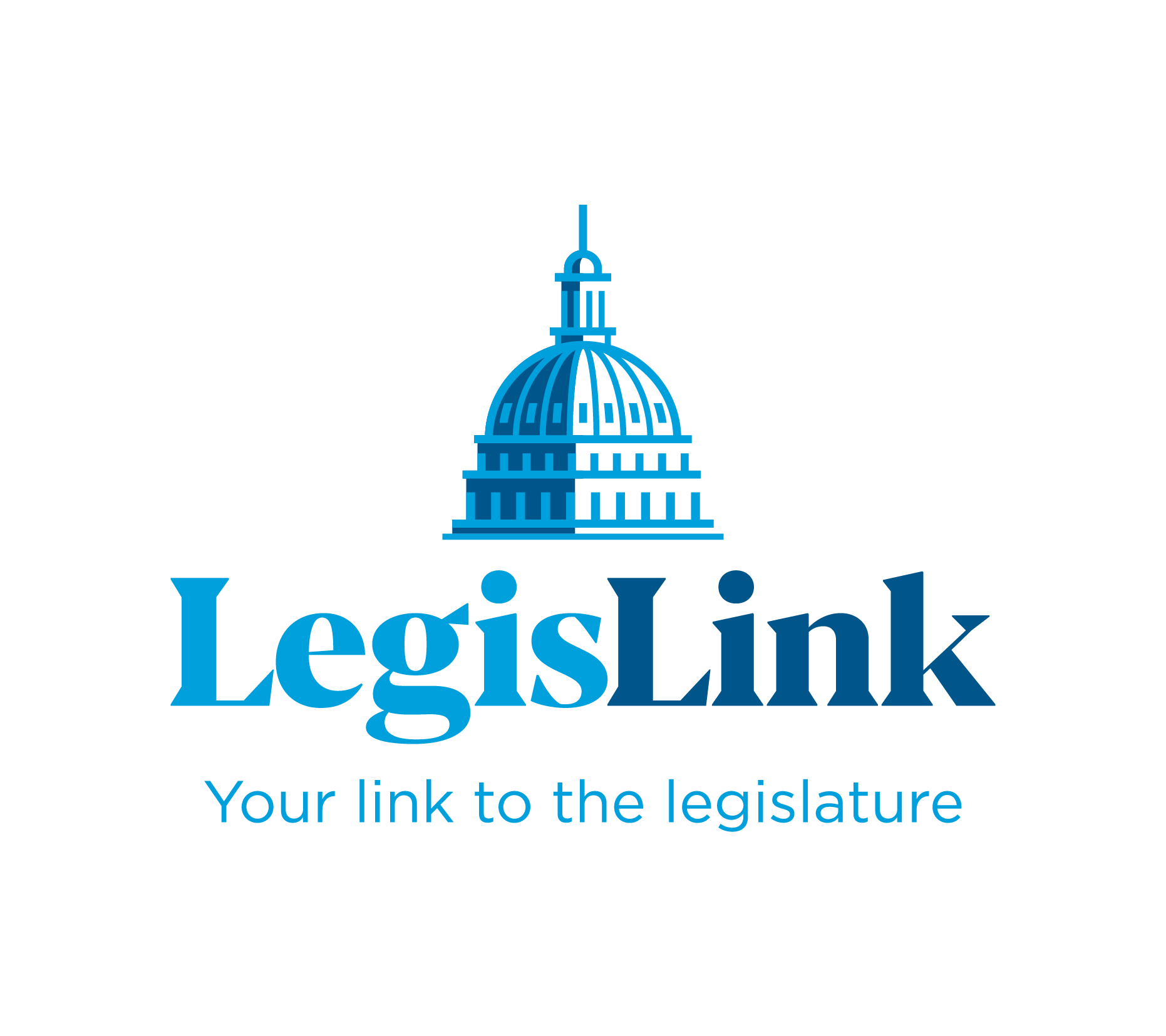Widening Payment Gap Between Independent Physicians and Hospitals Threatens Community-Based Cancer Care
On July 10, 2024, the Centers for Medicare & Medicaid Services (CMS) released the CY 2025 Physician Fee Schedule (PFS) proposed rule. For CY2025, CMS is proposing a 2.8% across-the-board payment cut. This reflects the statutorily-required update to the conversion factor for CY 2025 of 0%, the expiration of the 2.93% increase for 2024 required by the Consolidated Appropriations Act of 2024, and a 0.05% statutorily-required budget neutrality adjustment.
This is the fifth straight year CMS has called for a reduction in the conversion factor and reimbursement under the physician fee schedule. While Congress has thankfully passed legislation to mitigate some (but not all) of these proposed cuts, inflation and practice expenses have continued to rise. The cost of staffing and interest rates continue to grow. According to the American Medical Association, when adjusting for the full impact of inflation on practice costs, Medicare physician payment has declined by 26% from 2001 to 2023. The failure for the PFS to keep up with inflation, and its failure to account for the costs of many specialized oncology resources, make it difficult for community oncology practices to remain financially sustainable.
While CMS is decreasing reimbursement to the physician fee schedule, the agency is increasing payment for hospital-based providers paid on the hospital outpatient prospective payment system (OPPS). For CY 2025, CMS is proposing to increase OPPS payments by 2.6%. This growing disparity across sites is simply unsustainable. It encourages vertical integration, hurts patients’ access to care, and actually increases cost to the Medicare system and patients in the long run.
“It is really discouraging to see the Medicare physician fee schedule cut year after year,” said Dr. Marcus Neubauer, Chief Medical Officer of The US Oncology Network. “Independent oncology practices support high-quality care for patients in communities across the nation. Cuts that threaten our sustainability and access to care for our patients must end– it isn’t good for cancer care.”
Clearly, more needs to be done to protect the viability of independent physician practices. The Network looks forward to working with Congress, CMS, and other physician stakeholders to find a long-term solution that stabilizes Medicare payment and accounts for rising inflation.
To read a summary of the CY25 Physician Fee Schedule proposed rule, CLICK HERE.
To read the Network’s comment letter to CMS on the CY24 proposed rule, CLICK HERE.
To read the stakeholder letter thanking the sponsors of H.R. 2474, which would provide a permanent inflation-based update to the PFS conversion factor, CLICK HERE.
To learn more about The Network’s recommendations on how to stabilize the Medicare payment system and increase provider participation in value-based payment models: CLICK HERE.
Sequestration
In 2011, Congress enacted the Budget Control Act of 2011 which applied a mandatory 2% sequester cut to Part B drugs. Additionally, when the ASP+6% formula was first introduced, Congress required that the prompt pay discounts that pharmaceutical manufacturers extend to distributors for timely payment be included in the calculation of ASP, further lowering the reimbursement centers receive.
As a result of the sequester cut and the prompt pay inclusion, the true amount that community cancer centers receive for administering Part B drugs is equivalent to approximately ASP+2.3% – and that’s if the centers are able to obtain drugs at ASP in the first place. Many small and rural community cancer centers are unable to leverage the buying power of larger centers and end up paying higher than ASP to acquire certain drugs.
Unfortunately, Congress keeps extending the sequester as a way to prevent other scheduled cuts to the Medicare program. While there was a temporary suspension to sequester payment cuts in response to the COVID-19 pandemic, the full 2% sequester returned on July 1, 2022 and is scheduled to run through June of 2032.
There are several ways that the Administration and Congress can act to avoid the most devastating sequestration impacts. CMS has the authority to exempt cancer drugs from the sequester cut or to apply the 2% sequester cut only to the 6% services payment. Additionally, Congress can pass legislation to exclude prompt pay discounts from the calculation of ASP.
